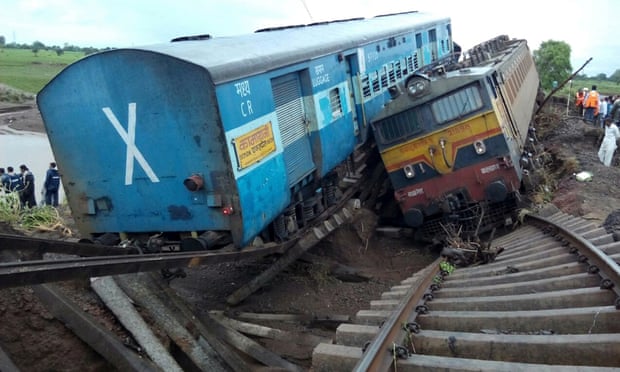
A year ago, a Globe investigation exposed in stark detail the lack of an established process for families of relatives who have disappeared while attempting to cross the US-Mexico border illegally. But little progress has been made since then, and many of the missing are never found, or end up buried anonymously in public graves.
The lack of recourse for families of the hundreds who have died after crossing the border begs for a humane solution. Federal authorities must strengthen policies to mandate consistent identification of the dead. To allow anonymous mass graves on American soil is cruel to families and denies the basic human right that every individual deserves a degree of dignity — no matter where they come from or how they died.
The growing body count of migrants underscores the treacherous journey of crossing the border into the United States. Chief Deputy Sheriff Benny Martinez of Brooks County, Texas, testified before Congress earlier this year that his department has recovered bodies of those who crossed illegally at a rate of about six per month over the past six-and-a-half years.
The humanitarian dilemma has not gone unnoticed, but it still demands new rules and federal assistance to create a reliable identification system. A consortium of forensic experts formed the Reuniting Families Project (RFP) to assist in efforts to identify bodies of migrants, some of whom had been buried by the county in public cemeteries without having a DNA sample taken as required by law. The group has been unearthing public graves of migrants near the border since 2003. Since 2013, RFP has exhumed more than 120 bodies of unidentified border crossers.
Many law enforcement officers and ranch owners in Brooks County have repeatedly called for increased awareness and more resources to manage the sickening status quo, insisting it is not about the politics of immigration, but essentially a human rights issue. “If dead human beings don’t catch your attention, what the hell else is going to? We’re just trying to be human about it,” a local rancher told the Associated Press.
Hundreds of people who have died crossing the southern border are buried without ceremony, casket, or name.
Humanity toward deceased unidentified migrant border-crossers needs to be codified in law enforcement circles, as the Globe’s report made clear. East Boston resident Maria Interiano’s brother went missing two summers ago as he crossed the border illegally into Texas. It was a heartbreaking tale of dead ends as Maria tried to find out what happened to him — she didn’t even know there is a federal database, the National Missing and Unidentified Persons System, where her brother’s DNA profile could be found. Local law enforcement agencies are also sometimes reluctant to investigate when it’s unclear if the disappearance occurred in their jurisdiction.
Migrants should never be buried in US soil without consistent, codified efforts to identify them. The ongoing pressure at the US-Mexico border — along with beefed-up security — guarantees that there will be more extreme and dangerous efforts to cross into the United States, and certainly more tragic deaths. Federal and local authorities must work together to stop unnecessary suffering for families in the aftermath.
Saturday 8 August 2015
https://www.bostonglobe.com/opinion/editorials/2015/07/24/anonymous-migrant-graves-deserve-humane-policy-solution/d1DUIpiwHCpPxkZoSs79XL/story.html




